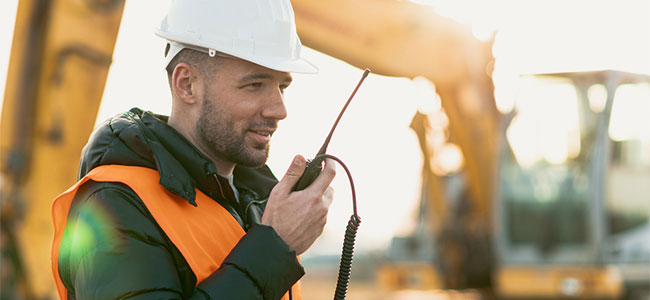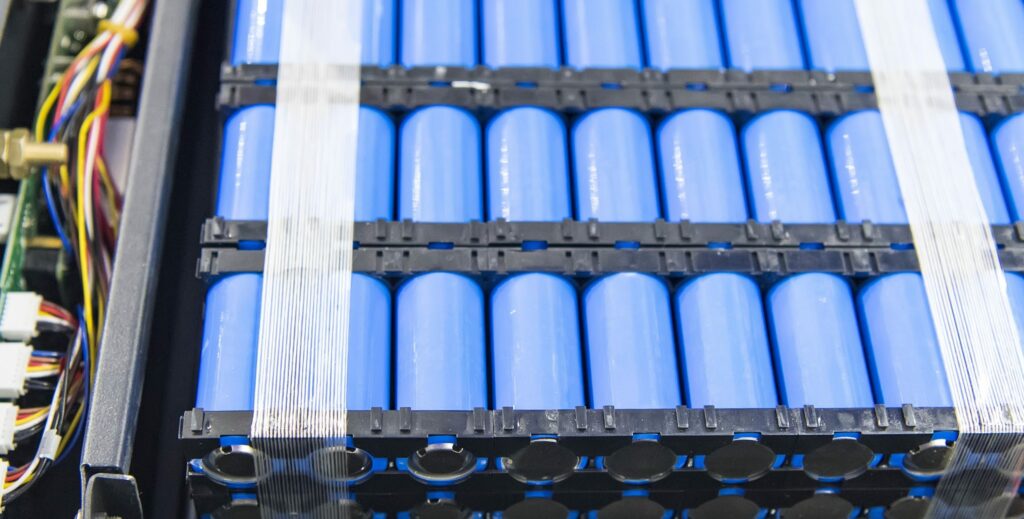Your cart is currently empty!
Two-Way Radio Safety: Essential Best Practices Guide

In our hyper-connected world of smartphones and Wi-Fi, the humble two-way radio might seem like a relic of the past. However, for countless professionals in security, construction, event management, and outdoor recreation, these devices remain an indispensable and reliable tool for instant communication.
Yet, like any powerful tool, using a two-way radio comes with its own set of responsibilities and potential hazards. Prioritizing safety isn’t just about following rules; it’s about ensuring clear communication during critical moments and protecting both the user and their equipment. This guide will walk you through the essential best practices for two-way radio safety to ensure your operations are not only effective but, most importantly, secure.
Prioritizing Health and Environmental Safety

The most immediate aspect of two-way radio safety concerns your personal well-being and the environment you operate in. A primary consideration is the safe handling of batteries, particularly Lithium-Ion (Li-Ion) cells, which are common in modern radios.
Recommended Gear:
Always use manufacturer-approved chargers and batteries to prevent overheating, swelling, or, in extreme cases, combustion. Never leave a charging battery unattended for long periods, and store it in a cool, dry place away from metal objects like keys or coins that could cause a short circuit.
Furthermore, be mindful of your volume settings. Prolonged exposure to high-volume earpieces or speakers can lead to hearing damage, so keep the audio at a comfortable level.
Your physical surroundings also demand constant attention when using a radio. The golden rule is to never transmit in flammable or explosive environments — such as gas stations, chemical plants, or grain silos. A spark from the circuitry can ignite vapors. Always look for hazard signage.
⚠️ Pro Tip: Never use your radio during an electrical storm. Holding metal during lightning activity is risky. If you’re on a construction site or working at heights, secure your radio with a heavy-duty belt clip or lanyard to prevent drops that could injure someone below.
And finally — don’t forget situational awareness. Just like texting while driving, operating a radio can distract you. If you’re driving, navigating, or handling machinery, stop before using your radio. If you must talk while moving, use a hands-free mic or PTT earpiece to keep both hands free and your focus on the job.
Essential Best Practices for Secure Operations
Secure and effective communication is the entire purpose of a two-way radio — and that comes down to disciplined radio etiquette.
Begin each transmission by clearly identifying yourself and who you’re calling. For example:
“Unit 2 to Base, come in.”
Keep your messages short, clear, and direct. Always say “Over” when finished speaking and “Clear” when done with the conversation. This ensures clarity and prevents overlapping transmissions.
Channel & Privacy Management
Always use the correct channel for your task. Avoid clogging critical or emergency channels with general talk. If your team operates multiple channels, ensure everyone knows which is which — for instance:
- Channel 1: Operations
- Channel 2: Logistics
- Channel 9: Emergencies Only
You can also use privacy codes (CTCSS/DCS) to reduce interference from nearby users — though note these aren’t encryption.
Helpful Accessory: Baofeng UV-5R Dual Band Two-Way Radio — an affordable and versatile handheld great for teams or hobbyists.
Regular Equipment Checks and Maintenance
Before every shift or operation, perform a radio check with a colleague. Confirm your signal strength, audio clarity, and battery level. Inspect your radio, antenna, and cables for damage.
Maintenance Essentials:
A cracked antenna can compromise performance and even cause RF exposure issues. Make a habit of proper maintenance and storage, and your radio will always perform when you need it most.
Final Thoughts
Adopting these two-way radio safety practices isn’t about limiting communication — it’s about empowering it. When every operator follows clear, consistent safety habits, the entire team operates more efficiently and confidently.
Remember: safety and communication go hand in hand. The better prepared you are, the more reliable your two-way radio becomes as a lifeline — not just a tool.
⚠️ Amazon Affiliate Disclosure
Disclosure: As an Amazon Associate, I earn from qualifying purchases. This means if you click on an affiliate link (such as a radio, antenna, or accessory) and make a purchase, I may receive a small commission at no additional cost to you. This helps support RadioOpBox.com and allows me to continue providing helpful radio safety guides. Thank you for your support!

Leave a Reply